Deborah Feingold, Music Photographer
The title of music photographer Deborah Feingold’s new book is Music. Its simplicity rings true: Through her work over the past four decades, Feingold’s camera has cut through to the heart of her subjects, yielding images that say far more than words ever could. Feingold worked for the Village Voice and Rolling Stone, and there are plenty of portraits of big stars like Madonna and Bono adorning Music’s pages. But thumb through the book, and you’ll find a wide variety of artists and sounds represented, like jazz titans Keith Jarrett and Don Cherry and unsung heroes such as the Muscle Shoals rhythm section. As solo exhibits in Italy and Los Angeles open up, we talked with Feingold via phone about the circumstances behind just a few of the photos in Music.
Can you talk a little bit about Prince? He always seems to be a subject of mystery to people. What was it like to shoot him?
As you can see, it was before Prince became “Prince.” I got a phone call from the SoHo Weekly News, and they said, “There’s this new young guy from Minneapolis. He’s playing at The Bottom Line.” Which was a wonderful venue. I’m like, “Sure. Would love that. Been there a million times. Great place to shoot.” Then he says, “Yeah, and then they want you to go backstage and see if you can get photographs.” And my heart sank, because I was pretty shy for a big part of my career. Even back then, when you got an assignment, unless it was a concert, those appointments were made for you. You didn’t have to go backstage and make the appointment.
I went backstage, which was a very tiny backstage, and I knocked on the only door that wasn’t the bathroom, and this really big guy answers it and in – I’m sure – a very high, squeaky voice I introduce myself and I said the newspaper would like a few photos. He said, “No, Prince doesn’t do that.” Much relieved, I say, “Okay. Thank you so much. I just had to ask.” So I rushed back to get myself back into position on stage, as the opening act was about to start. I’ve got the camera up to my face and there’s a tap on my shoulder and this guy says to me, “Come here, come backstage.” I kind of nervously followed him back there and he looks at me and he says, “You were so nice about that, come on backstage and take a few photos.”
So I’m shooting and I’m making the smallest bit of small talk. It’s just the two of us. It’s really tiny. I don’t even get through half a frame and I don’t have anything left to say. He’s not saying anything. Then I just... I can’t believe that I did this. I said, “Would you like to take a picture of me?” Who says that? Who does that? So, the last frame on that half a roll is a portrait of me by Prince.
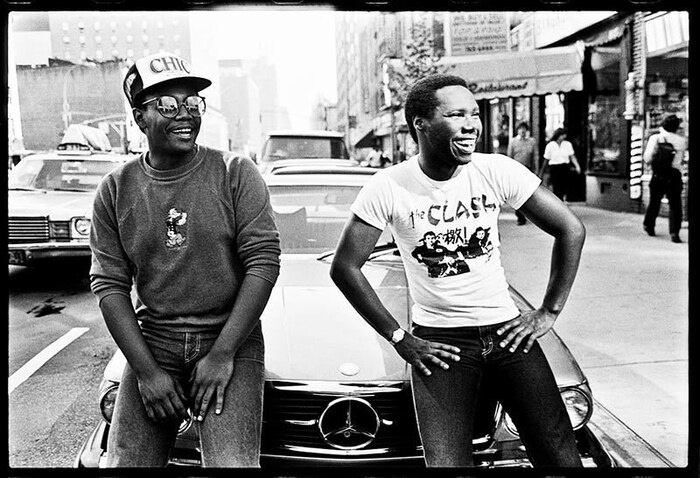
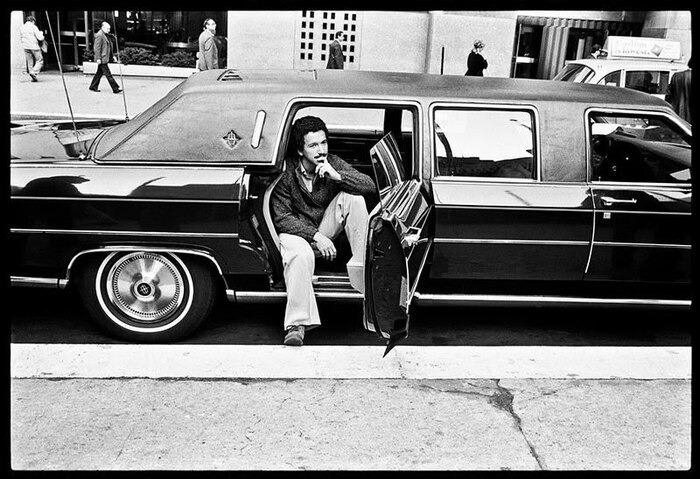
Keith Jarrett has always had – and I think no one would disagree – a bit of a prima donna reputation and much more so in those earlier days. I just thought, “What is this dude doing in a limousine?” I just loved the juxtaposition of it all, and it was really quite innocent. About two years ago his office asked me if I would give them that photograph and I had the opportunity to say, “Can we go over why he was in that limo?” It turns out he was on Saturday Night Live. Can you imagine Saturday Night Live booking someone like that today?
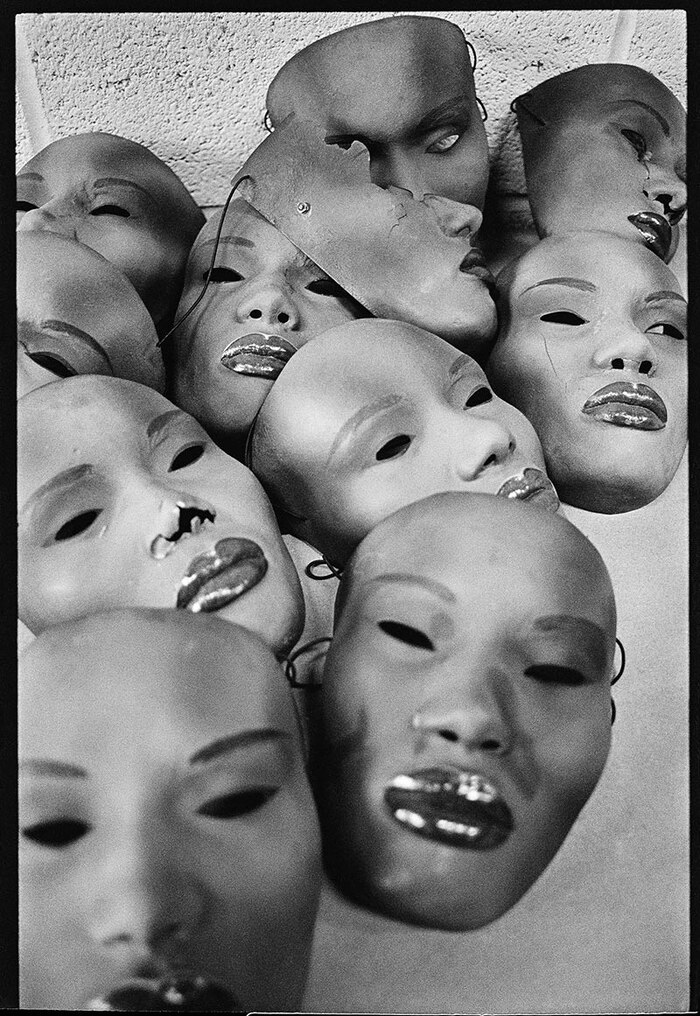
I have a picture of Jean-Paul Goude with the Grace Jones mask on his face as well. That was just a quick assignment, probably one roll of film for the Village Voice, but I thought that might be an interesting way to approach it. I don’t even know if I could take a photo as interesting as this anymore, but I felt the freedom back then to be able to do that.
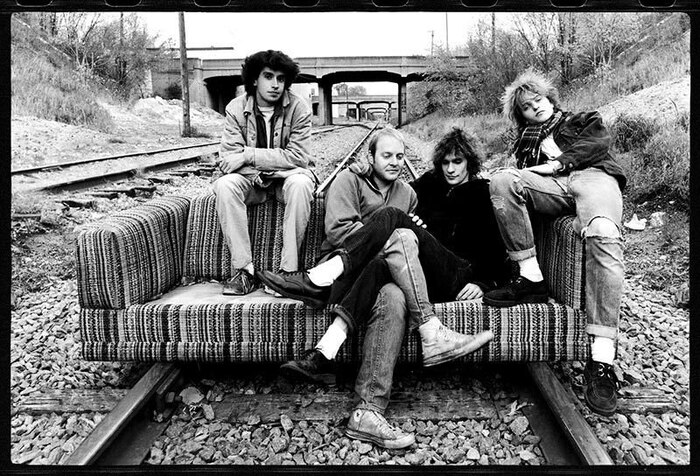
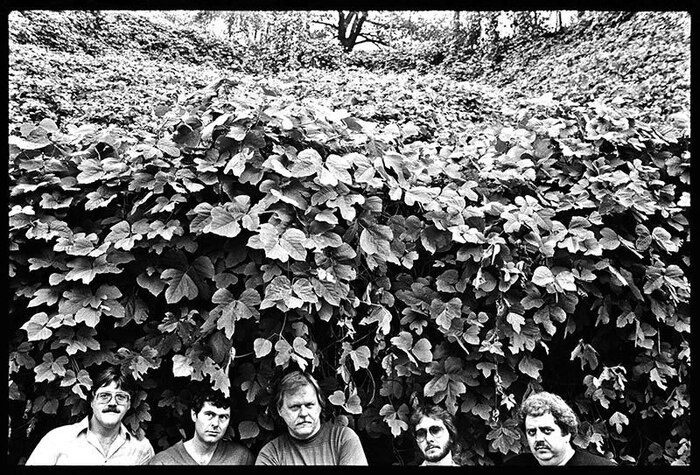
One photo that really stuck out for me is the one of the Muscle Shoals rhythm section.
I was very influenced by European photographers. There was an Italian called Giuseppe Pino, and he was someone who greatly influenced me when I was starting to shoot jazz. I was self-taught and it was a love of photography and a love of jazz that kind of created these early images. Most of the jazz images that I saw were shot in the studio with the dramatic lighting. I was curious to photograph musicians out of that environment – even though I loved the drama of them – to expose a little more of who they were.
Giuseppe Pino shot all these jazz musicians in extremely playful ways, taking them all outside of that dark, smoky environment. I just felt permission at that point when I was shooting to do whatever I wanted to do. I always wanted to take a picture that I hadn’t seen before, so I got to Alabama and I was so affected by the kudzu, and how it strangled the natural environment. It’s a problem in the south, these vines, but it’s also really beautiful.
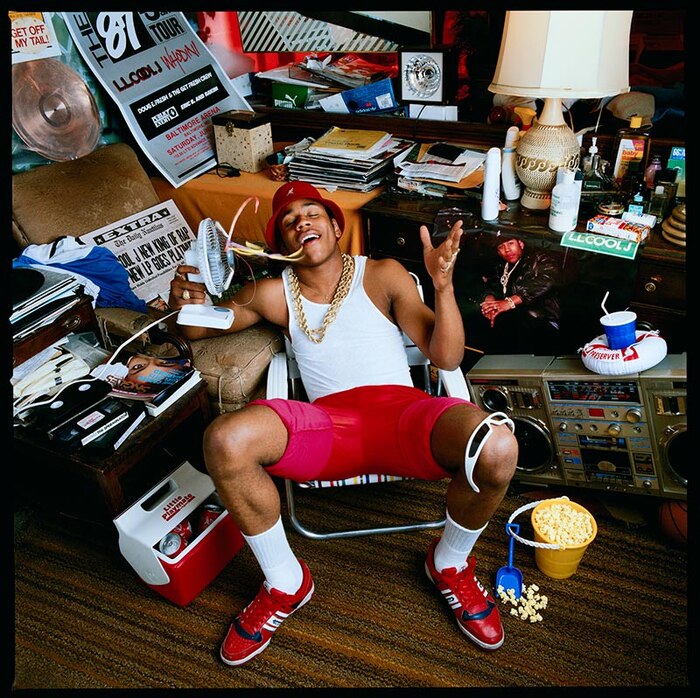
I was shooting for Rolling Stone by the time I shot LL Cool J. I think that I felt the expectations were different. You also have to understand that you go in there and they’re really only looking for one shot. This wasn’t a feature. This was like... I’m sure it ran really fricking small.
I’m in his grandma’s basement where he lives. I have mentioned this before and I am proud to say that I’m a very neat and organized person. Well, I had never walked into anything quite as chaotic as that. I opened up the chair, I carved a space to put him in it, I asked him to hold it, but I didn’t bring anything into that. I didn’t have a stylist rearrange it. That was just me carving a space.
I didn’t know what the hell to do, so we got a ladder. In the United States, basements are shallow, so the top of my head was touching the ceiling. It would have been really great if I had an even wider lens, but I was still in the beginning of my career and I didn’t own a lot of equipment. I tried to get as far up as possible and just shoot down and show what I had seen.
Did you feel like you fit in at Rolling Stone?
I felt like I had to fit in to stay there. I would take the picture I thought they wanted, and I would always try to take another picture that I wanted. I was playing around with different films and I would cover myself. Sometimes they would take the other one and sometimes they wouldn’t. I tried to make it work for me, but I also wanted to work for them. Everything was being shot, for the most part, the way Annie [Leibovitz] shot it.
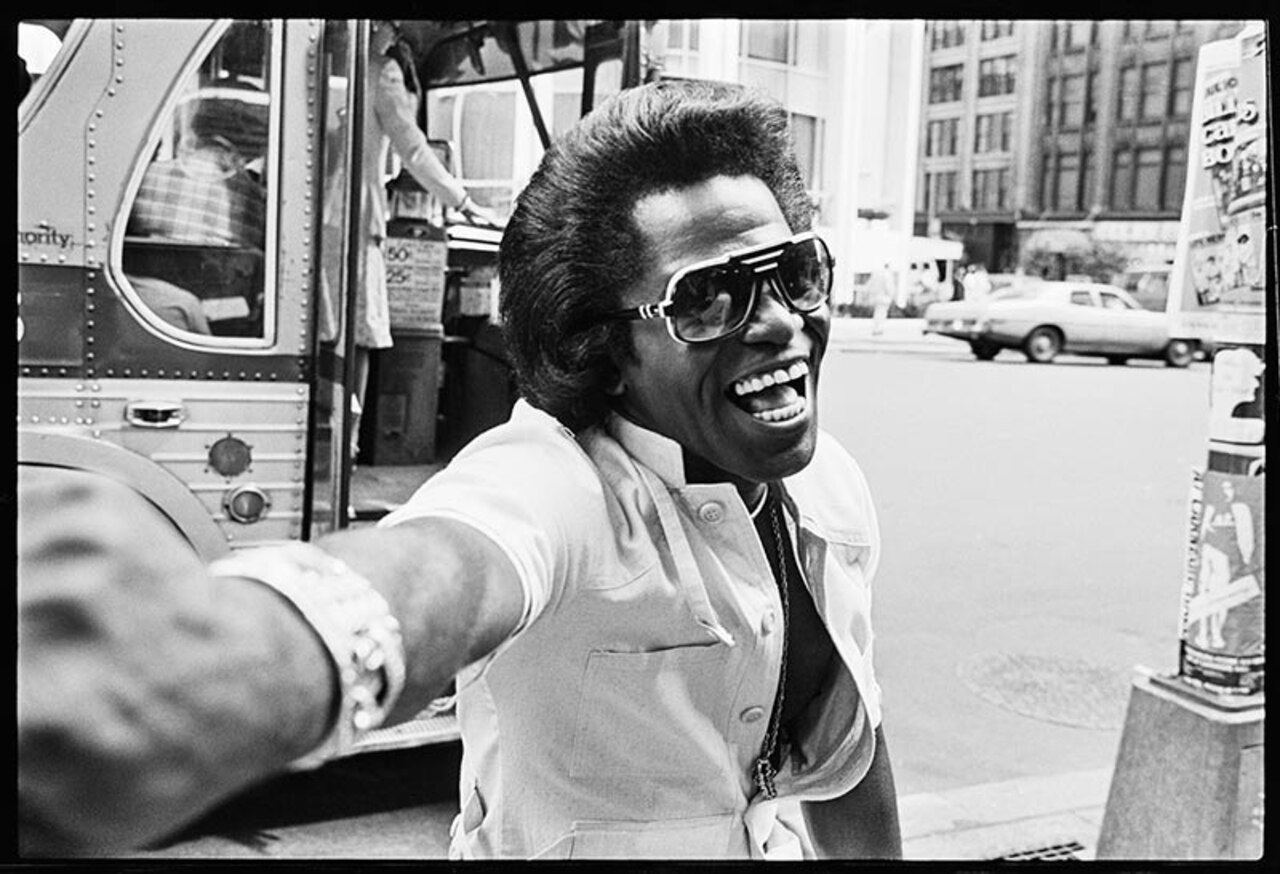
What do you remember of the shoot with James Brown?
That was an example of a casting call-style interview, where there were a bunch of reporters and photographers kind of lined up at the record company. You’d go in the room in pairs when it was your turn for your interview. My instructions were that I could photograph him while he was doing the interview, so that’s what I did. When you’re in those situations, you try to time it so his mouth isn’t in the middle of a word. That’s kind of your challenge, to quietly move around while he’s doing this interview.
Evidently I followed him outside into the street and snapped a few photos. I confess I have absolutely no memory of doing that, but it makes it a very special picture for me for that reason. I just love the photograph, but I have no memory of having done that. I only remember being in the interview room. It’s always worthwhile to go back and look at things from 20, 30 years ago.